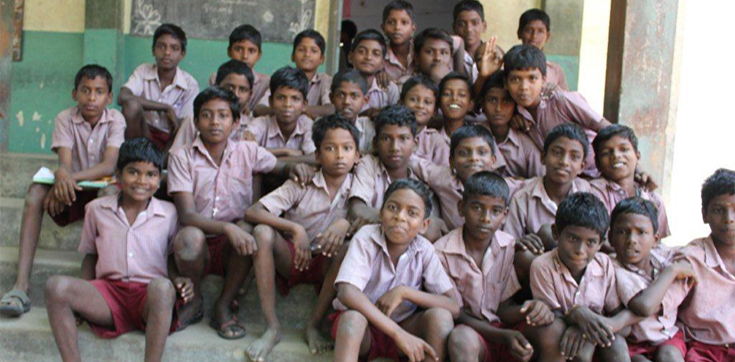Education Budget: Focus on polls than pedagogy
For the education sector, the budget has remained an exercise in enhancing optics and playing to vote-bank politics.

Finance Minister Arun Jaitley while presenting the Union Budget 2018-19 rightly acknowledged that the quality of school education was still a “cause for concern” and stressed on the need to view education holistically. The focus on primary education is indeed a laudable step. But unfortunately, for the education sector, the budget has remained an exercise in enhancing optics and contributes very little to the larger goal of nation-building.
In contrast to last year, the education sector was accorded 3.48 percent of the total budgetary allocation for the fiscal, as against last year’s 3.71 percent. At ₹85000 crore, the total allocation for education has been increased by 6.68 percent but its share has shrunk in relation to total outlay. School education has been allocated ₹50,000 crore, up from last year’s ₹46,356 crore.
“When it comes to education, the most important thing besides infrastructure and fee,
is teachers. In rural areas, corruption starts from the very lower level when it
comes to appointing teachers which is a crisis. Sadly, there is nothing scientific
done towards improvising the primary education sector in this budget”
– Dinesh Trivedi, TMC Lok Sabha MP
Among the slew of measures announced to enhance the quality of primary education in the country are an investment of ₹1 lakh crore for better infrastructure in education, to treat education holistically without segmentation from pre-nursery to Class -12, training of teachers through an integrated B.Ed programme and to “increase the digital intensity in education and move gradually from blackboard to digital board”. Another important scheme announced was the establishing of ‘Eklayva Model Residential School’ by 2022 in every block “comprising more than 50 percent of tribal population and at least 20,000 tribal people.
While the schemes look impressive, what it predominantly reflects is the government’s eagerness to play to vote-bank politics. This is particularly true in the case of Eklavya Schools. The government has ignored the already existing infrastructure in the tribal belts and failed to take into account the social realities before the announcement of this measure. Avinash Kumar, a policy expert with an international organisation in India points out, “There is already a large number of Ashramshalas (residential schools for Adivasi children) being run under state Tribal Development Departments (in the states with Adivasi population). They suffer from huge neglect and there have been reports of children dying due to their locations in difficult, isolated terrains.”
According to a report by the Statistics of School Education 2010-11, the dropout rates among tribal population are among the highest in the country with 35.6 percent in Classes I to V; 55 percent in Classes I to VIII; and 70.9 percent in Classes I to X in 2010-11. The numbers are disappointing and can be understood only if the fact that these communities are among one of the most economically deprived is taken into consideration. Added to this is the government’s apathy that saw funds for Skill Development, Vocational Training (Income generation) getting slashed by more than 50 per cent from ₹ 37296.97 lakhs in 2014-15 to ₹16456.37 lakhs in 2017-18. The funds released for hostels for ST students saw a drop of 94 percent and there was a drop of 75 percent in pre-matric scholarships for ST students.
“Perhaps the driving force behind the decision to establish an Ekalavya school in every block which has more than 50 per cent of tribal population is the upcoming elections in the north-eastern states of Meghalaya, Tripura, Mizoram and Nagaland”
The real time data are in clear contradiction to the government’s supposed intentions. Perhaps the driving force behind the decision to establish an Ekalavya school in every block which has more than 50 percent of tribal population is the upcoming elections in the north-eastern states of Meghalaya, Tripura, Mizoram and Nagaland. At a time when BJP seems to be increasingly losing ground even in states where it has an indisputable presence, the jitters leading up to the 2019 elections are more palpable than ever.
The report released by Annual Survey of Education Report (ASER) in 2017 which found that students in age group 14-18 demonstrated lack of basic skills despite receiving years of formal training should have made the government introspect and devise ways to reform the education system. The 13 lakh unskilled teachers are symbolic of all that is wrong with the current pedagogy. India is in need of innovative approaches that take into account the unique challenges that every region and community faces to keep the children in schools.
